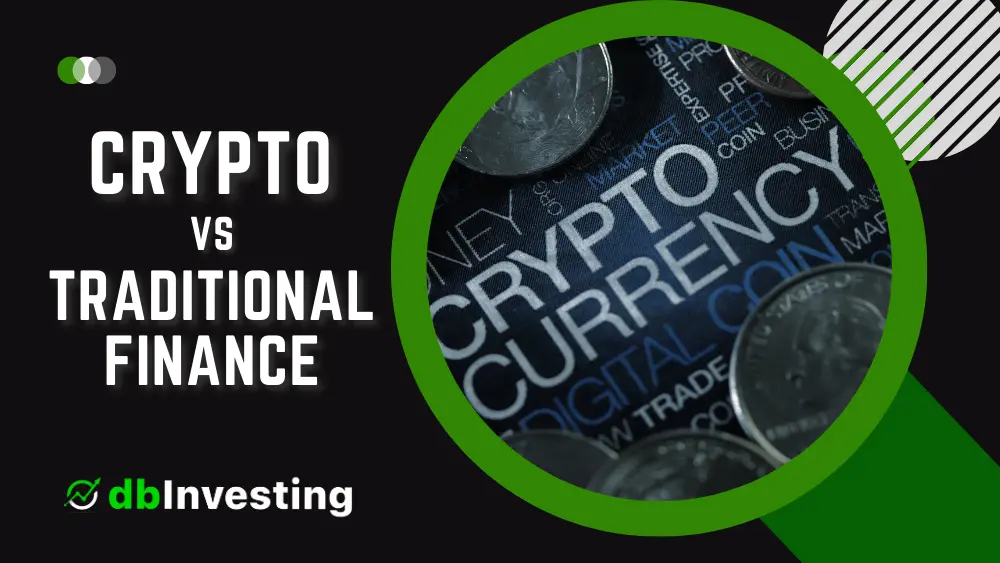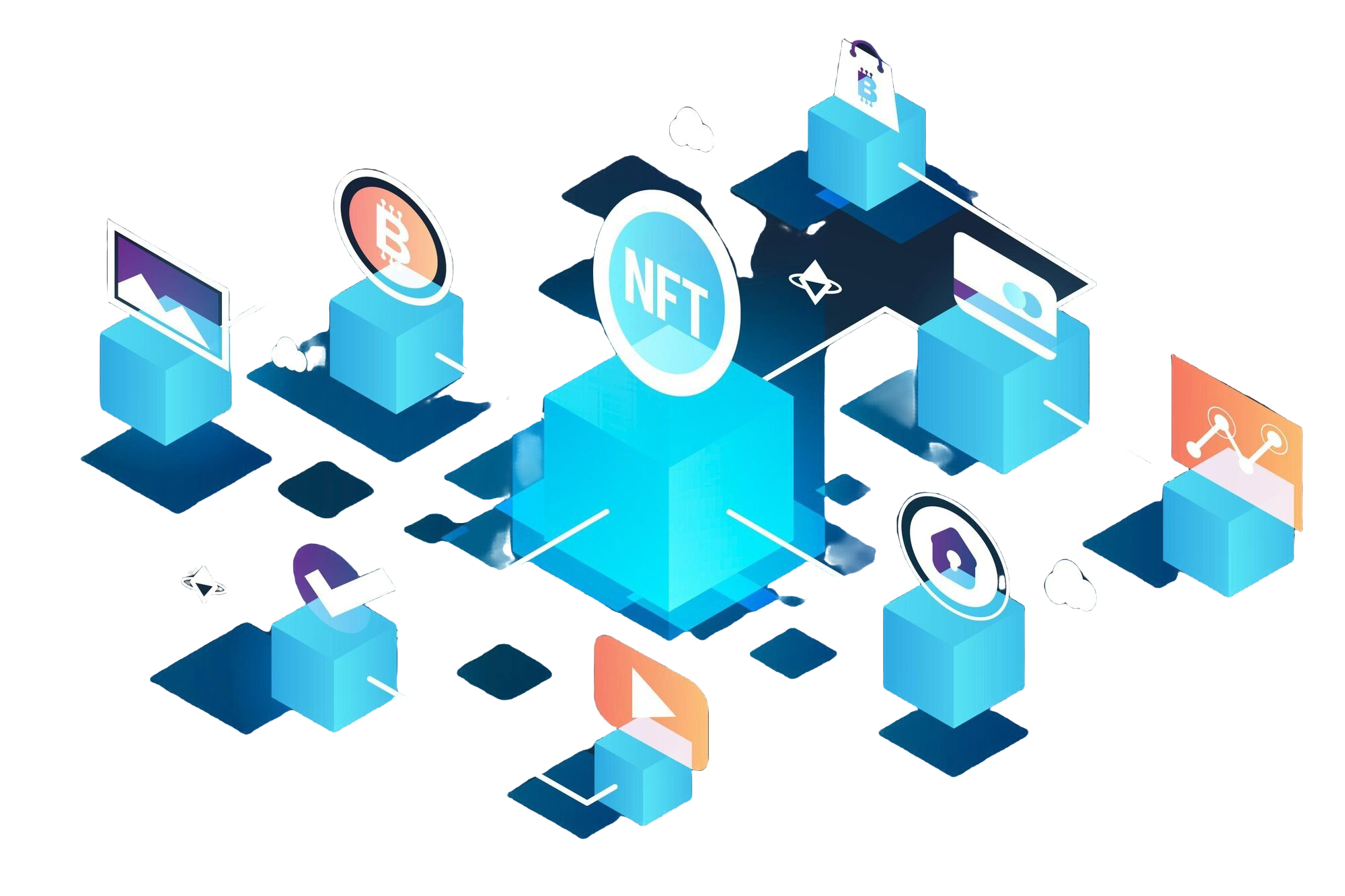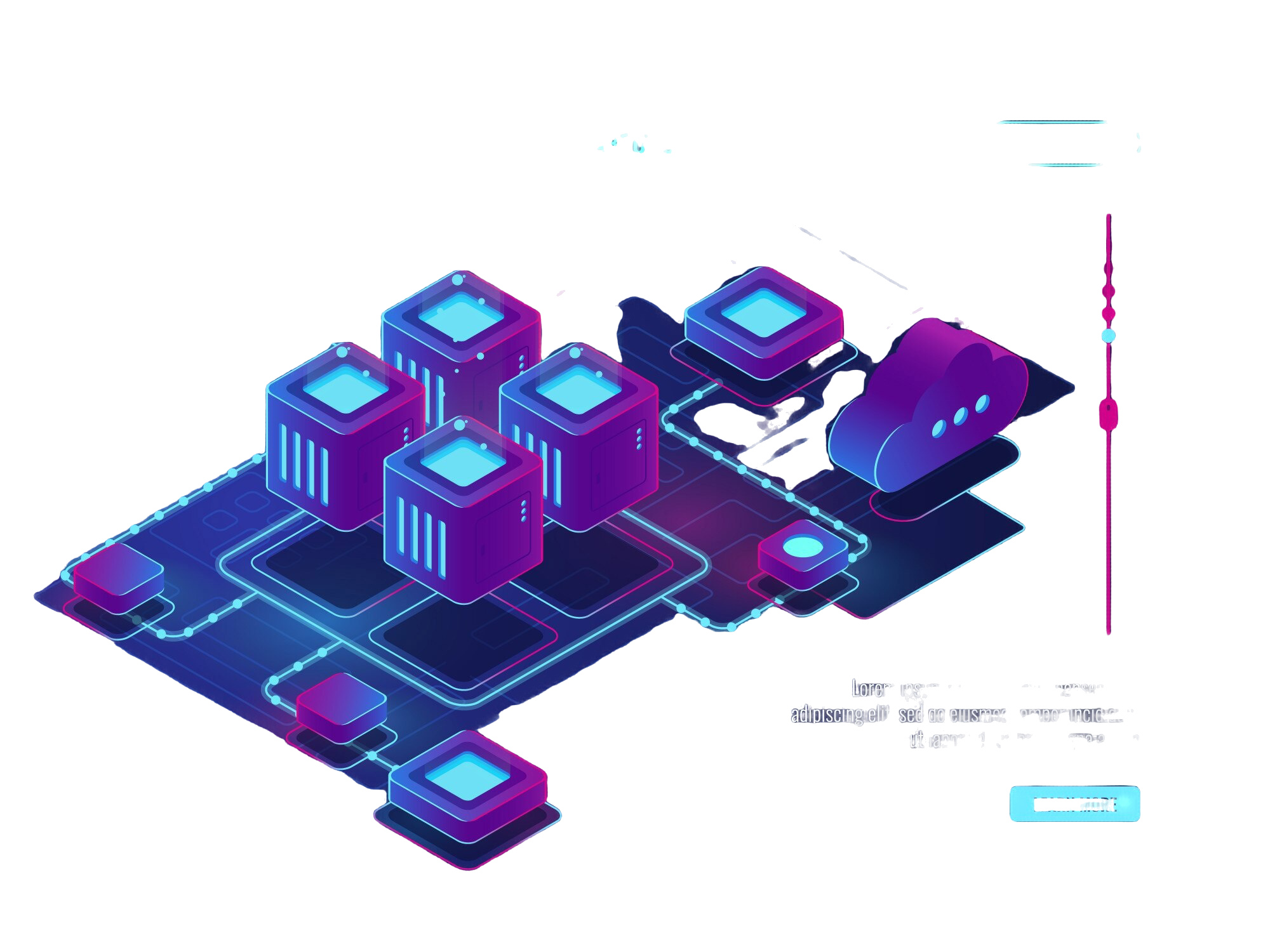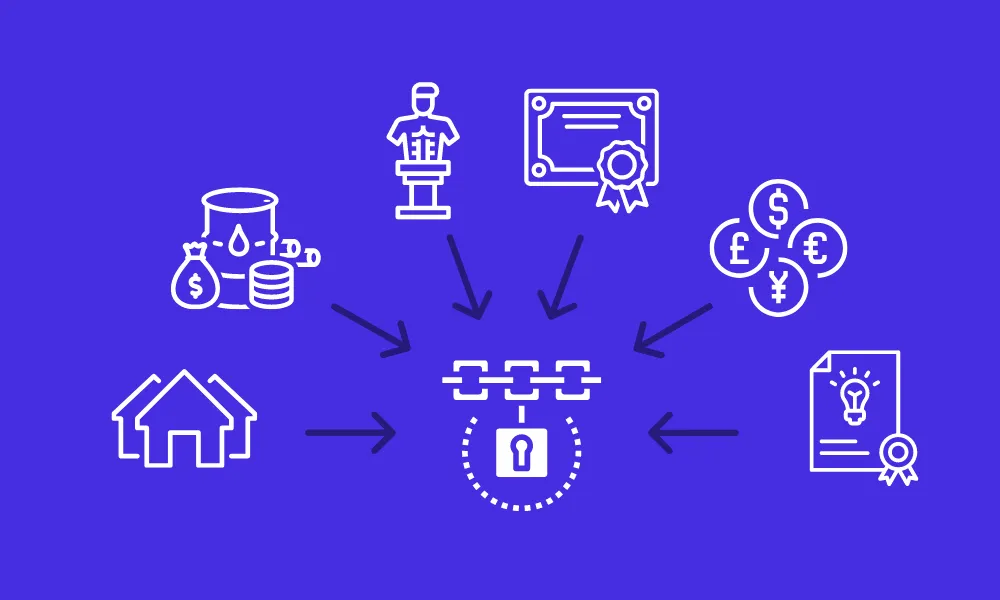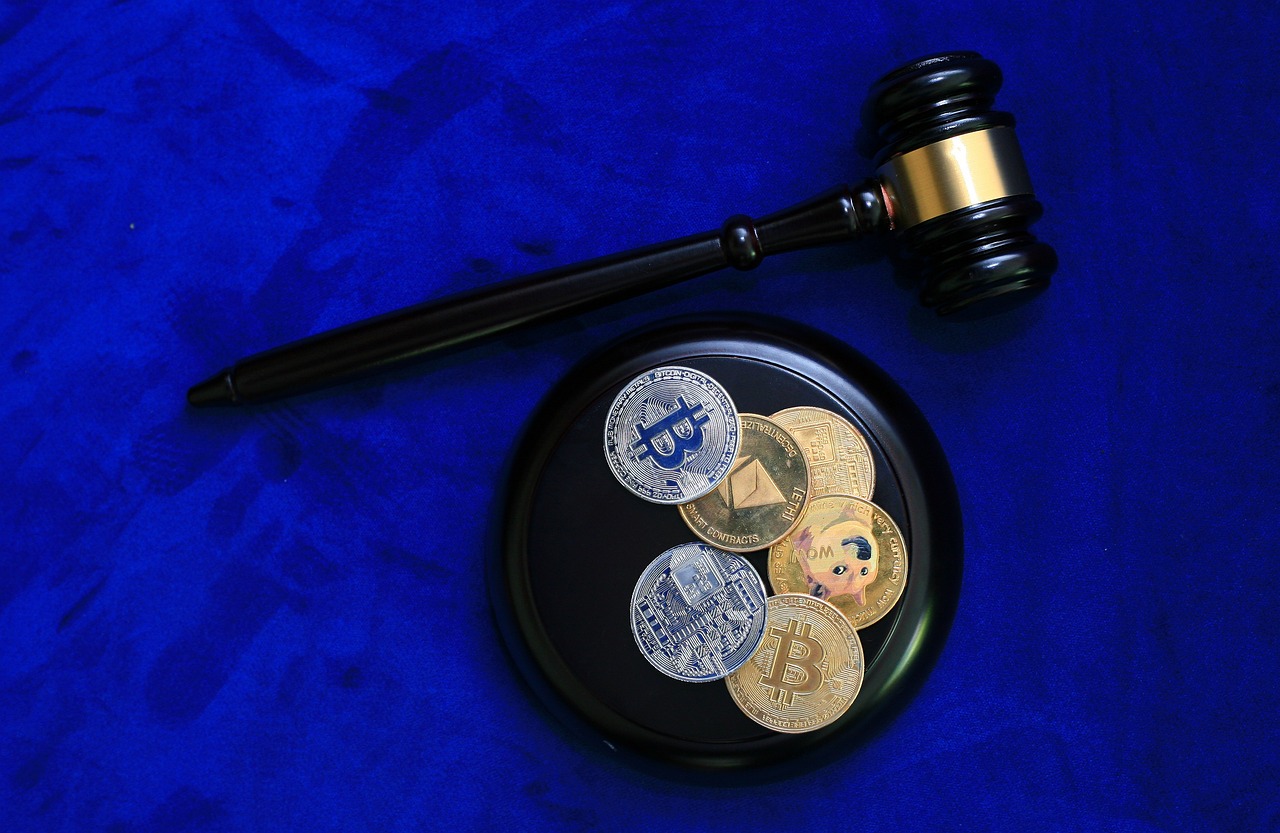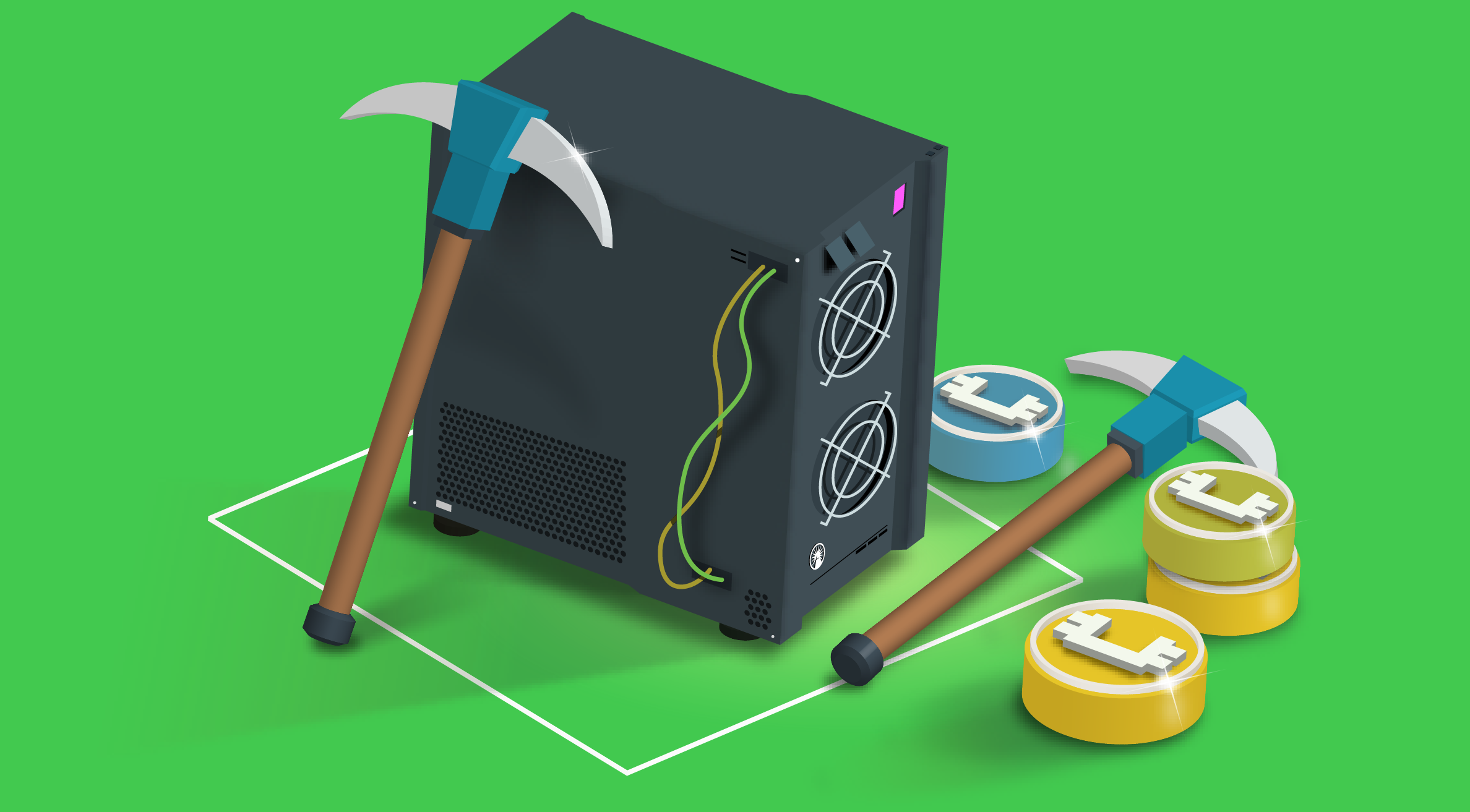Is Blockchain Technology Secure? Breaking Down Security Myths and Realities
Blockchain Technology, the technology behind Bitcoin and its mysterious founder is currently the most secure way for digital transactions and data storage. While most users think it is safe and no one can hack the blockchain due to blocks and complex algorithms, different experts and users still question its safety and overall operation.
What is Blockchain Security?
Blockchain security encompasses the mechanisms and protocols that protect blockchain networks from unauthorized access and manipulation. It relies on three fundamental pillars: cryptography, decentralization, and consensus mechanisms. These elements work together to create a robust security framework that safeguards transactions and data integrity.
The Inherent Security Features
Decentralization serves as the backbone of blockchain security, eliminating single points of failure by distributing data across multiple nodes. This structure makes it extraordinarily difficult for attackers to compromise the entire network. Advanced cryptographic techniques ensure transactions are secure and verifiable, while immutability prevents unauthorized alterations to recorded data, creating a tamper-resistant system.
Common Security Myths Debunked
The overhyped term usually used for blockchain is “unhackable”. Well, we call it absurd. I don’t claim that you can easily penetrate blockchain, but under extreme methods and advance hacking skills, hackers can gain access to your wallet.
Real-World Vulnerabilities
Several significant threats challenge blockchain security:
-
51% attacks occur when malicious actors gain control of network consensus
-
Sybil attacks exploit network vulnerabilities through fake identities
-
Smart contract vulnerabilities can lead to substantial financial losses
-
Social engineering and phishing attempts target end users
Notable security incidents, including the 2016 DAO hack and Bitfinex breach, demonstrate that comprehensive security measures beyond the core blockchain are essential.
Best Practices for Enhanced Security
Conduct regular security audits and penetration testing
-
Regularly test for vulnerabilities to find and fix security gaps.
Implement robust access control mechanisms
-
Limit access to authorized users only, preventing unauthorized entry.
Keep software and protocols updated
-
Ensure all systems are up-to-date with the latest security patches.
Train users in security best practices
-
Educate users on safe practices to avoid security risks.
Employ multi-signature authentication
-
Require multiple approvals for transactions to add a layer of security.
Monitor network activity for suspicious patterns
-
Continuously check for unusual activity to detect potential threats early.
Future Outlook
As blockchain technology evolves, security measures continue to advance. The integration of quantum-resistant cryptography and improved consensus mechanisms promises enhanced security, while emerging regulatory frameworks provide additional protection layers for users and organizations. Industry collaboration and standardization efforts are driving improvements in blockchain security protocols.
Frequently Asked Questions
Q: Can blockchain be hacked? A: While the core blockchain technology is highly secure, surrounding systems and applications can be vulnerable to attacks. Most "blockchain hacks" target these peripheral systems rather than the blockchain itself.
Q: How does blockchain protect my data? A: Blockchain uses advanced cryptography and distributed consensus mechanisms to secure data. Once recorded, information cannot be altered without network consensus.
Q: Are private blockchains more secure than public ones? A: Private blockchains offer different security advantages through controlled access but may sacrifice some benefits of decentralization. The choice depends on specific use case requirements and security needs.

